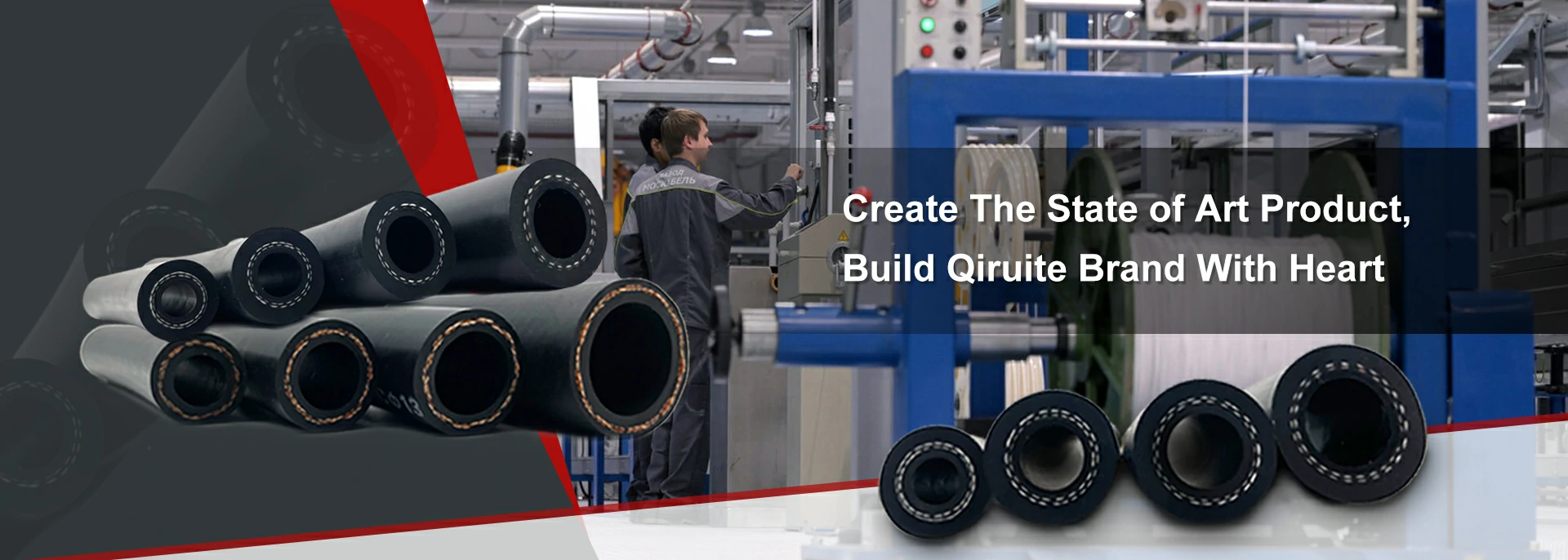repairing high pressure power steering hose
Repairing High Pressure Power Steering Hose
The power steering system is a critical component of modern vehicles, providing ease and control when maneuvering. One of the essential parts of this system is the power steering hose, particularly the high pressure hose, which transfers fluid from the pump to the steering gear. Over time, these hoses can experience wear and tear due to heat, friction, and various other factors, necessitating repair or replacement. Understanding how to repair a high pressure power steering hose can save you time and money.
Identifying Problems
The first step in the repair process is diagnosing the issue. Common symptoms of a failing high pressure power steering hose include fluid leaks, noisy steering, and difficulty steering. A fluid leak typically indicates that the hose may be cracked or damaged. Inspect the hose for any visible signs of wear; a thorough visual inspection can help you pinpoint the issue. Additionally, pay attention to the steering responses; any unusual sounds or increased effort in turning the wheel can also signal a problem.
Tools and Materials Needed
Before you begin the repair process, gather the necessary tools and materials. You will need a wrench set, pliers, a new high pressure power steering hose (if replacement is required), power steering fluid, and a clean cloth for any spills. If you are only repairing a small leak, a hose clamp or a hose repair kit may also be useful.
Step-by-Step Repair Process
1. Safety First Ensure that the vehicle is parked on a level surface, with the engine turned off and cooled down. Engage the parking brake and, if necessary, wear protective gloves.
repairing high pressure power steering hose

2. Locate the Hose Once you’re prepared, locate the high pressure power steering hose. This hose usually runs from the power steering pump to the steering gear.
3. Disconnect the Hose Using your wrench, carefully disconnect the hose from both ends. Make sure to have a container ready to catch any power steering fluid that may spill.
4. Inspect and Repair If the hose shows only minor damage, you may apply a hose repair kit or clamp. Follow the manufacturer’s instructions, making sure it creates a tight seal. For more severe damage, it’s best to replace the hose entirely.
5. Install the New Hose If replacing the hose, simply reverse the disconnection process, ensuring a secure fit at both ends.
6. Refill and Bleed the System After installation, refill the power steering fluid reservoir with the appropriate fluid type. Start the engine and turn the steering wheel from side to side to help bleed any air from the system, checking for leaks during this process.
7. Test Finally, take the vehicle for a short drive to ensure that the steering feels normal and that there are no leaks.
Conclusion
Repairing a high pressure power steering hose may seem daunting, but with the right tools and a little knowledge, it can be a manageable task. Regular inspections and maintenance can help you catch problems early, prolonging the life of your vehicle’s power steering system. If at any point you feel uncomfortable with the repair process, consult a professional mechanic for assistance.
-
Ultimate Spiral Protection for Hoses & CablesNewsJun.26,2025
-
The Ultimate Quick-Connect Solutions for Every NeedNewsJun.26,2025
-
SAE J1401 Brake Hose: Reliable Choice for Safe BrakingNewsJun.26,2025
-
Reliable J2064 A/C Hoses for Real-World Cooling NeedsNewsJun.26,2025
-
Heavy-Duty Sewer Jetting Hoses Built to LastNewsJun.26,2025
-
Fix Power Steering Tube Leaks Fast – Durable & Affordable SolutionNewsJun.26,2025

